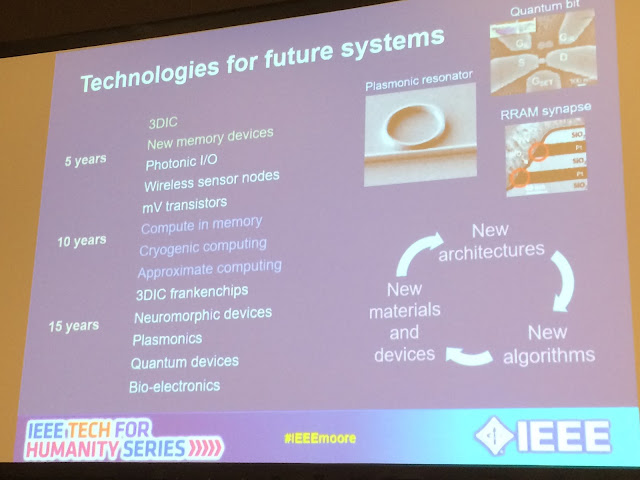Shifting from a polygraph to an MRI – moving from trying to measure physiological signs of anxiety to trying to identify what are the specific cognitive responses a human exhibits when lying. Can it be done?
FMRI brain mapping is based on the iron in the blood cells. You can measure the blood flow and the oxygen in the brain with magnetic pulses.
There are several regions of the brain which are impacted by lying, but also by other things, so it’s not easy to tell what triggered a specific activity. However, it may be possible to identify patterns in the brain that are indicative of something.
In a nutshell, how would you use an MRI to detect lies?
- Put a person in an MRI, and direct them answer questions, truly or falsely (knowing which the reply will be)
- Identify the patterns that emerge, and train the software to look for it.
- Put person back in and have the software look for the patterns it was trained for.
Clearly, as a lie detector it’s problematic – it only works if the person is consenting and cooperating. Plus results are individualized. Also, lying can take multiple forms, from trying to actively deceive to trying to hide a truth.
Can meaningful information be gotten out of a single person, rather than averaging over multiple people?
You could map the connections of different nodes, and create a correlation matrix (image), or a connectivity profile. Can a connectivity profile act as a “fingerprint” for an individual?
Research was conducted on 156 people, mapping matrices for multiple activities, to see if you could match connectivity profiles to a person. So, based on the patterns of a connectivity profiles people generate, given another profile could you tell who it belongs to? The results showed a 70% success ratio in matching profiles to people.
In the future, the hope is to be able to understand what the patterns tell about us. Currently, the research was able to predict on a low level of correlation how a certain patterns is an indicator of fluid intelligence (the general ability to think abstractly, reason, identify patterns, solve problems, and discern relationships.) However this is still very far from indicative and there’s a long way to go yet.
Another study that was conducted to test attention. Subjects lay in an MRI and were displayed images in rapid succession. They had one or two seconds to click on a button if the image was of a certain type (say a house) and _not_ click if it was a different type (say, car). They did this for 40 minutes (!!!), and later connectivity maps were generated out of their brain scans. They found two types of areas of activity in the brain: high attention network (maps of people who did well on the test) and low attention network (maps of those who didn’t). Then they took other people and scanned them while they were doing nothing, and looked for this network, to try and predict who would do well on such a test. They were able to show correlation: People who, during rest, scanned with high attention connectivity maps, did well on the test, and those scanning with low attention connectivity maps did not do as well. Researchers were also able to correlate these networks to children with ADHD. A correlation was also found with people who took Ritalin.
It’s important to remember that these mappings represent physical brain states, not mental states. Even if you could map a physical brain connectivity mapping of “sadness”, it may not match what a person is feeling, as the mental world is interpreted in a personal manner. If you don’t feel sad, you won’t accept someone telling you that are, even if they waved an MRI scan in front of you.
Additional research took 2000 teenagers who did not have drug experience, and tested them with gambling questions, while checking their value anticipation response. They then followed them for four years, and were able to correlate the value anticipation responses and probability of drug abuse. However, they were able to predict just as well with only the written questionnaires, the MRI scans did not provide better results.
Could these technologies be used to qualify people for jobs? There are far better tools available today than MRI scans. Down the road, when more networks are mapped, and more correlations can be made (hundreds of them), it may be more practical, but that is very far down the road.
What about misuse? If you get a brain scan for medical purposes, could it be used for other things as well? That’s still an open question but a lot depends on the environment and state of mind the person was in when they were scanned.
Can an MRI read thoughts? Right now you could tell some very basic things about what people are dreaming in broad categories, but it’s very, very far from any ability to detect specific thoughts. On this question there’s a lot of hype in media about this, with very little behind it.
How do you filter out noise? For example, if while I’m being scanned, I’m feeling cold, or claustrophobic, or generally afraid, or otherwise distracted? One way to eliminate noise is to use cognitive subtraction – flip tested activities “on” and “off”; if you’re looking to study brain maps for lies, have a subject answer five questions truthfully, then lie five times. Subtract the resulting maps from each other to neutralize constant factors.
What about cultural differences? There are specific differences among different mother tongues, so additional variability comes to play here. Even the shape of the brain can impact, so generations are very hard.












